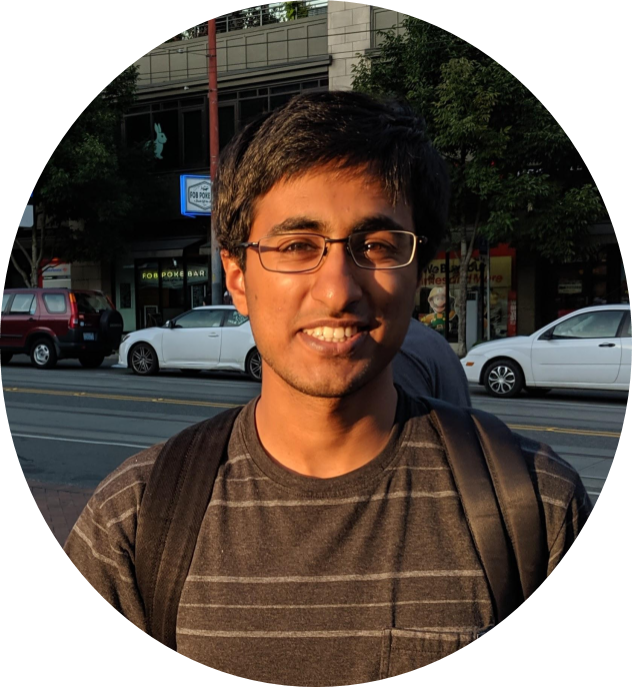Matryoshka Representations for Adaptive Deployment
Aditya Kusupati, Gantavya Bhatt, Aniket Rege, Matthew Wallingford,
Aditya Sinha, Vivek Ramanujan, William
Howard-Snyder, Kaifeng Chen, Sham Kakade, Prateek Jain, Ali Farhadi
In Proceedings at NeurIPS, 2022
We introduce Matryoshka Representation Learning (MRL), a method for
learning flexible representations that can adapt to multiple
downstream tasks with varying computational resources. MRL encodes
information at different granularities, allowing a single embedding
to adapt to computational constraints without additional inference
cost. We demonstrate significant improvements in efficiency and
accuracy across various tasks and modalities, including up to 14×
smaller embedding sizes for ImageNet classification and retrieval.
